There is a godzillion ink pads out there and the choices
can be daunting especially if you are a new stamper delving into the stamping
world.
So to simplify things, I have decided to summarize the properties of the
various ink pads we have on sale at Scrap-n-Crop.com here for you.
To look at ink pads we look at the
colorants (either dye
or pigment), and
the 'vehicle' (water, oil or solvent)
+ + + + + + + + + + + + + + + + + + + + + + + + +
colorants (dye ink pads)
+ + + + + + + + + + + + + + + + + + + + + + + + +
Dyes
are chemicals, that are dissolved in a medium (such as water) to create a paint
or colouring agent.
Properties of Die Ink Pads
Appearance – Ink pads have a raised hard felt surface stained with ink
like colours.
Water Soluble - Because the dye is the colorant in
the ink pad, dye ink pads are more often than not, water based. Some dye ink
pads react to water and will be labelled water soluble such as the Ranger Distress Ink Pads but there are also dye based ink pads that become permanent
when the ink dries, such as the Ranger Archival Ink Pads.
Translucent - Because dyes are not made from particles that
coat a material, light transmission is not affected and using dye-based colours
will make a more translucent effect. Hence dye ink pads are transparent in colour.
The colours will show up clearly on white or light coloured paper.
Image – Dye ink pads produce sharper and crisp images
for stamping because they absorb into the paper.
Drying time – Dye ink pads also dry faster because they
absorb into the paper.
Surfaces - But because they absorb into the paper, you
may not be able to use dye ink pads on non-porous papers or surfaces such as
glossy papers or plastic and metal. Using dye ink pads on papers that absorb
too much such as mulberry paper may also result in the colours bleeding or
running.
+ + + + + + + + + + + + + + + + + + + + + + + + +
colorants (pigment ink pads)
+ + + + + + + + + + + + + + + + + + + + + + + + +
Pigments,
are finely ground particles of colour which are suspended in a medium (such as
water) to create a paint or colouring agent.
Properties of Pigment Ink Pads
Appearance
– Ink Pads looks wet and spongy, and is stickier in consistency.
Waterproof
- Pigment ink pads are not necessarily water soluble, but pigments used in the colour
of the ink pads may remain suspended in the liquid. Often, you can paint over
them with watercolours or other inks without bleeding.
Opaque
- In general,
because pigments are particles, pigment based colours are more opaque. The
colours will only show up clearly on dark coloured papers.
Image
– Colours are more vivid as pigment ink is thicker in consistency and richer
than dye ink.
Drying
time – Because the particles are suspended in a medium, the pigment does not
absorb into the paper but remain on top and dries on top. The drying time is
longer and as such most pigment ink pads can be used for embossing.
Surfaces
– Because the pigment is suspended and merely stay on the surfaces after the
medium dries out, you will need to heat set pigment ink onto non porous paper
such as glossy papers or vellum after stamping.
+ + + + + + + + + + + + + + + + + + + + + + + + +
'vehicle' (pigment ink pads)
+ + + + + + + + + + + + + + + + + + + + + + + + +
Vehicle is the
carrier, or medium that a dye or pigment is dissolved or suspended in. The
waterproof quality of a paint or product has nothing to do with the colorant
and everything to do with the vehicle.
Raw Umber is a pigment that’s basically
dirt. You can wash it off with water. But when mixed with linseed oil, as in
artist’s oil paint, it becomes waterproof. Dried raw umber acrylic paint,
although water based and water washable, is waterproof once dried. But raw
umber watercolour paint will wash right off your brushes, even after drying. It
has to do with the medium.
Water based Ink Pads
Waterbased ink pads
are generally water soluble and hence not waterproof. One best example is the Ranger Distress Ink series.
Normally is more
permanent and has waterproof qualities making it the perfect ink pad to use if
colouring your stamped images with markers or watercolour. However, VersaFine
is a revolutionary ink from Tsukineko that is oil-based
yet water-soluble.
You can wash off
your stamps with soap and water.
Solvent based ink
pads works on almost all surfaces. Solvent based ink can only be removed with
solvent cleaners such as StazOn.
so what ink pads should I use?
Generally
that depends pretty much on your usage.
If you are ino mixed media, you may
love the waterbased distress inks which reacts to water in amazing ways.
Commercial users may prefer permanent ink pads such as the Staz On ink pads.
It
may be better to use dye ink pads for finger printing on guest books as it
dries fast and is easy to be removed with just water.



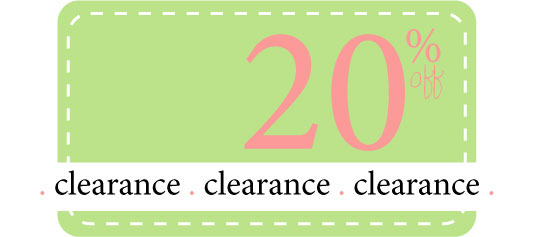
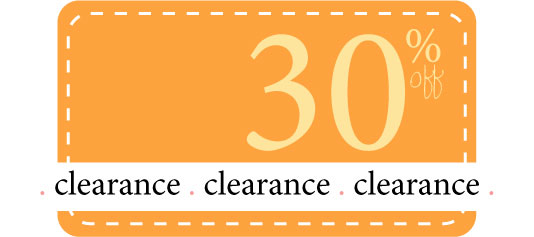
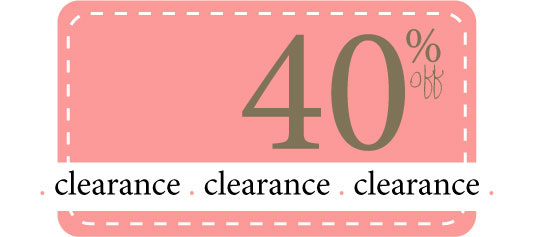
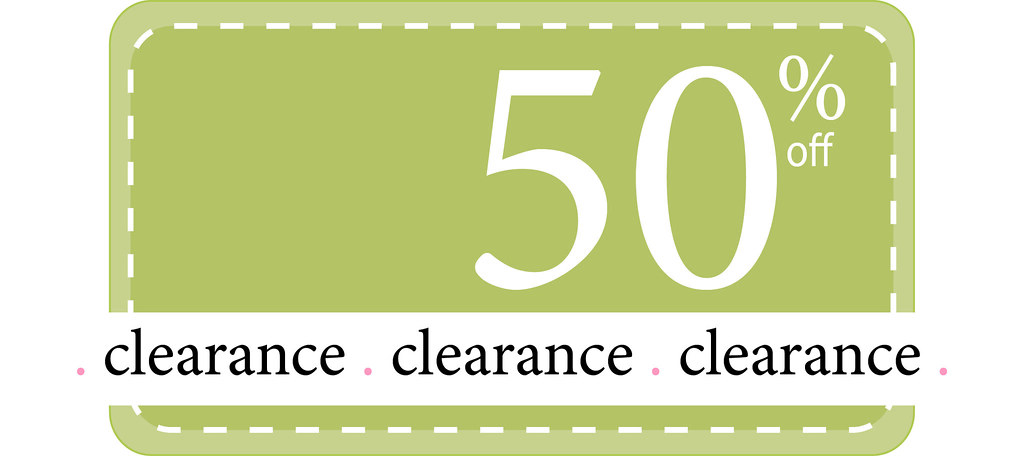
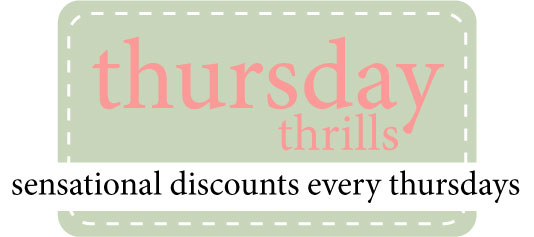
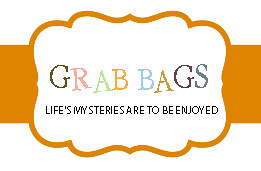
















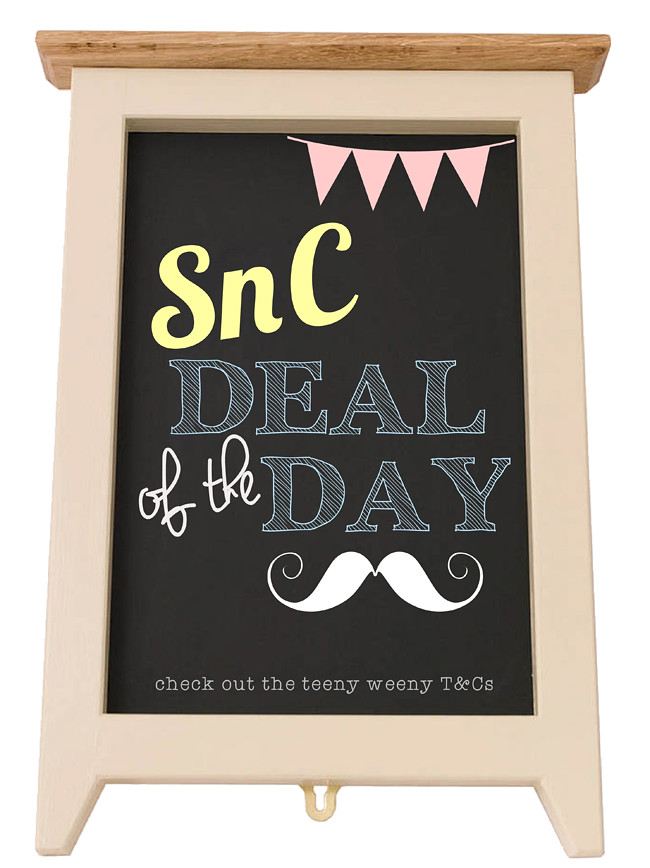
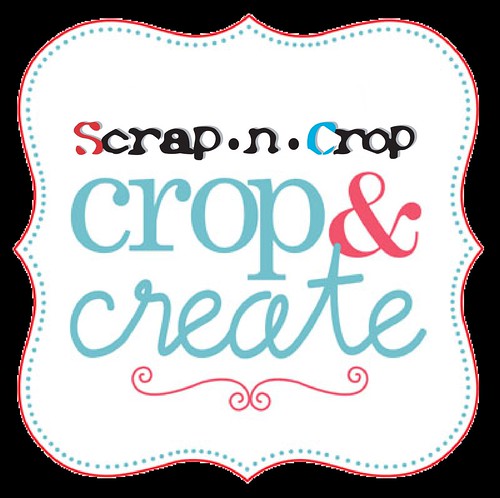








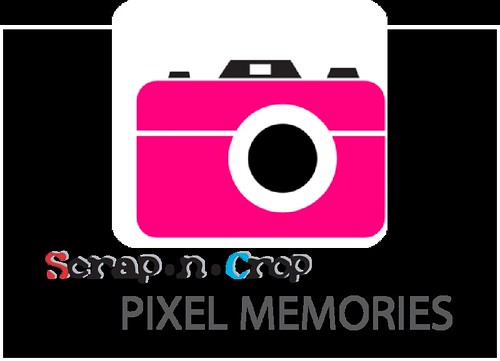
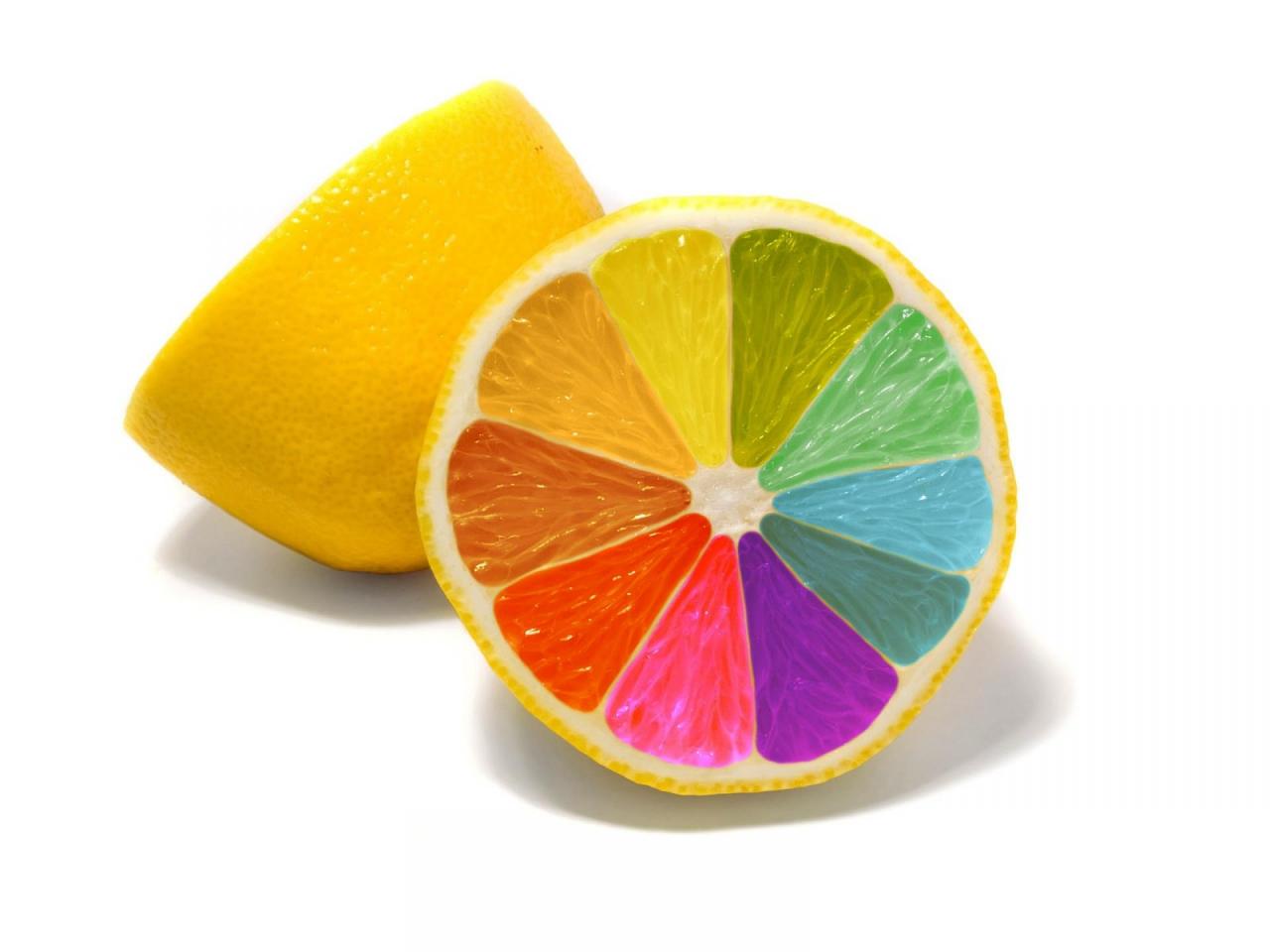

No comments:
Post a Comment